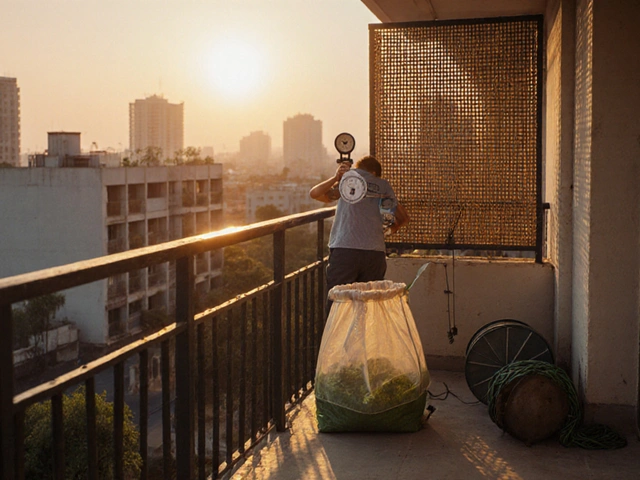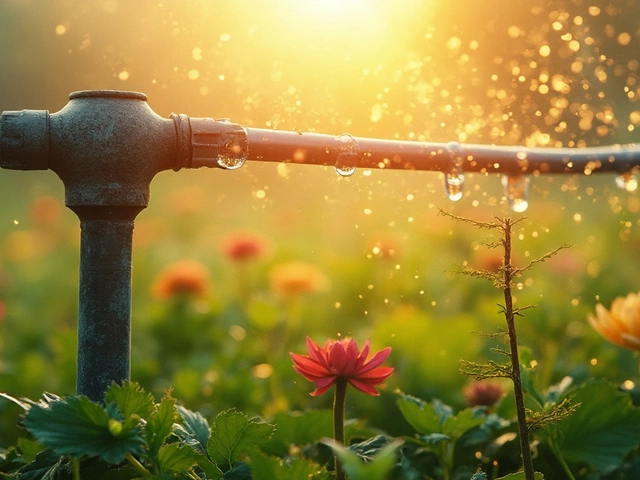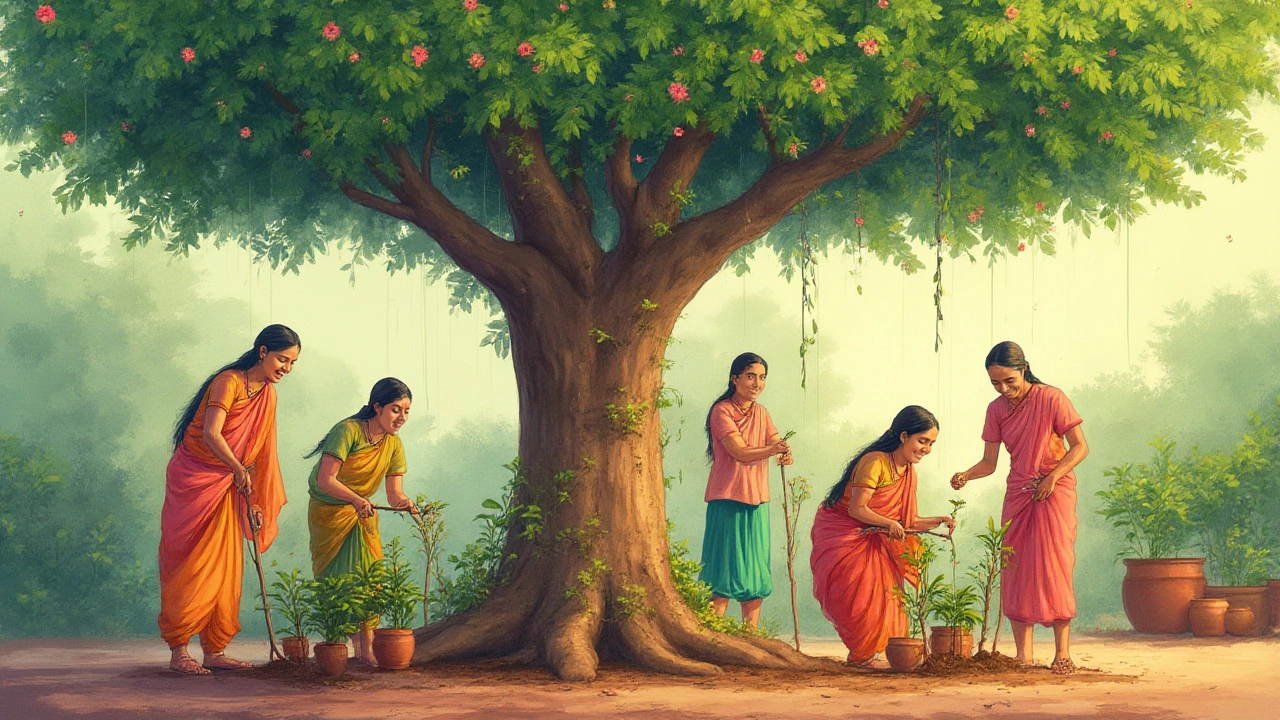Garden Landscaping Tips – Simple Ideas for a Beautiful Outdoor Space
Want a garden that looks good and works well? You don’t need a designer or a huge budget. With a few clear steps you can plan, plant, and maintain a space that feels inviting and stays healthy. Below are the basics you can start using this weekend.
First, sketch a rough layout on paper or a phone app. Mark where the house, driveway, and any existing trees sit. Then decide on zones – a place for dining, a play area, a quiet corner. Keep pathways at least 3‑4 feet wide so they feel open. This simple map helps you avoid crowding and makes later decisions easier.
Soil health is the foundation of any landscaping project. Test a handful of soil to see if it’s sandy, clayey, or loamy. If it feels heavy, add compost, sand, or gypsum to improve texture and drainage. Loosen the top 6‑8 inches before planting; loose soil lets roots breathe and reduces water runoff. A well‑prepared bed reduces future weed problems.
Choose Sustainable Materials
Pick locally sourced stone, reclaimed brick, or recycled concrete for walkways and borders. These options lower transport emissions and often blend better with the regional look. For mulch, go with bark or leaf compost instead of synthetic rubber. It retains moisture, feeds the soil, and breaks down naturally.
Hardscape elements like benches, raised beds, or pergolas should be sized to fit your zones. A small wooden bench under a shade tree creates a perfect reading spot without taking up much space. Raised beds made from untreated cedar protect plants from soil‑borne pests and make gardening easier on the back.
Select plants that thrive in your climate zone. In India, native species like neem, bougainvillea, and jasmine need less water and fewer chemicals. Group plants with similar water needs together – this is called hydro‑zoning – so you can water efficiently and avoid over‑watering some while under‑watering others.
Water‑Saving Techniques
Drip irrigation is a game‑changer for garden landscaping. Lay drip lines at the base of each plant and cover them with mulch to keep water where roots need it. This method cuts water use by up to 50 % compared with sprinklers. If you’re on a tight budget, start with a few drip tubes in the most water‑intensive beds.
Schedule watering early in the morning or late evening to reduce evaporation. Use a rain barrel to collect runoff from the roof; it adds free water and reduces your utility bill. Check soil moisture with your finger before you water – if the top inch feels damp, you can skip that day.
Finally, keep an eye on seasonal changes. In the hot months, add a thin layer of mulch to lock in moisture. In the rainy season, trim back fast‑growing vines that could shade out other plants. A quick monthly walk through the garden lets you spot problems early and keep the space looking fresh year after year.
Fastest Growing Flowering Trees for Indian Gardens: Top Picks and Tips
Curious about which flower tree grows fastest in India? Get real info, surprising facts, and gardener’s secret tips to pick, plant, and care for rapid-blooming trees in Indian gardens.
About
Flower Gardening
Latest Posts


How to Grow Vegetables on a Balcony: A Practical Guide
By Alden Thorne Oct 18, 2025

Make Your Terrace Cozy: Easy Tips for a Warm Outdoor Oasis
By Alden Thorne Mar 26, 2025

Why Does My Drip Line Keep Clogging?
By Alden Thorne Apr 12, 2025

